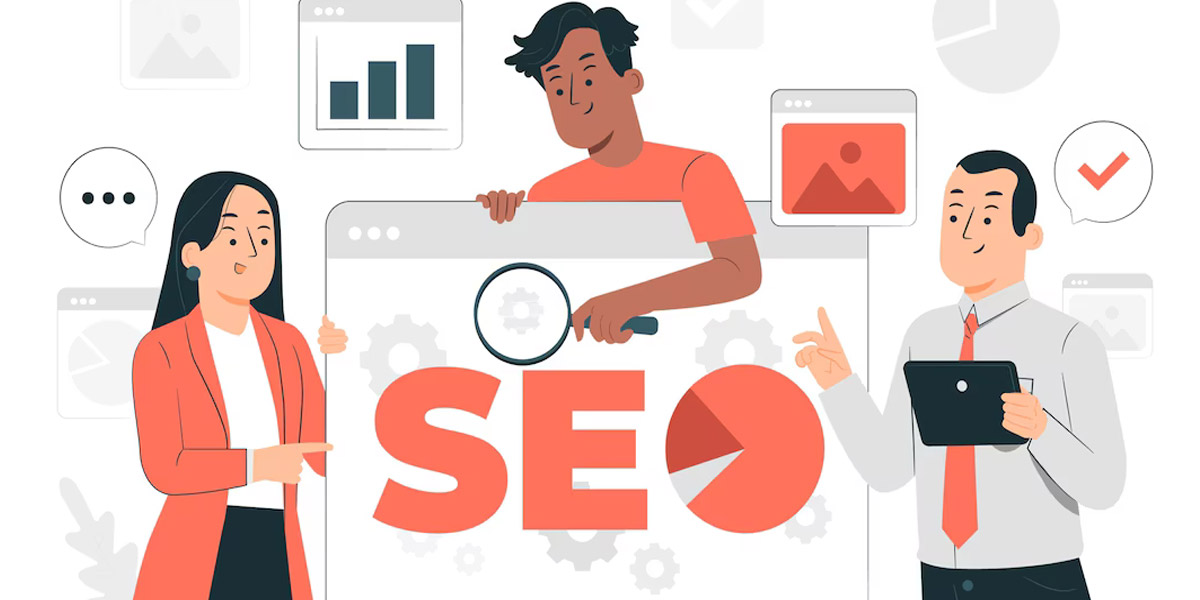Types of Digital Marketing: Complete guide for 2024

What is Digital Marketing
Digital marketing is the use of the internet and digital devices (like computers, smartphones, and tablets) to promote products, services, or brands. It includes activities like social media marketing, email marketing, search engine optimization (SEO), online advertising, and content creation. The goal is to reach and engage with a target audience online to drive sales, increase brand awareness, or achieve other business objectives.
Importance of Digital Marketing in today’s world:
1. Wider Reach: With the internet, businesses can reach a global audience, far beyond their local area. This allows companies to connect with customers wherever they are.
2. Cost-Effective: Compared to traditional marketing methods like TV or print ads, digital marketing is often more affordable and provides a better return on investment (ROI). Small businesses can be a competitors more effectively.
3. Targeted Advertising: Digital marketing tools allow businesses to target specific demographics, interests, and behaviors, ensuring that their message reaches the right audience at the right time.
4. Measurable Results: Unlike traditional marketing, digital marketing provides real-time data and analytics. This means businesses can track the effectiveness of their campaigns, adjust strategies quickly, and optimize their marketing efforts.
5. Engagement and Interaction: Digital platforms like social media enable businesses to engage directly with customers, building relationships, gathering feedback, and fostering brand loyalty.
6. Adaptability: The digital landscape is constantly evolving, and businesses can quickly adapt their strategies to changing market conditions, trends, and technologies.
7. Increased Brand Visibility: With digital marketing, businesses can enhance their online presence through content creation, SEO, and social media, making them more visible to potential customers.
8. 24/7 Marketing: Digital marketing campaigns can run around the clock, allowing businesses to reach customers at any time, even when they’re not actively working.
Overall, digital marketing is essential for businesses to remain competitive, reach their audience effectively, and grow in the digital age.
Types of Digital Marketing: Exploring the Pros and Cons:
In this digital age, every business should have a strong digital presence. Digital marketing is a broad term that encompasses various strategies and tactics aimed at reaching and engaging customers online. However, with so many options available, it can be overwhelming to decide which type of digital marketing is right for your business. In this blog, we'll explore the different types of digital marketing and weigh their pros and cons to help you make an informed decision.
1. Search Engine Optimization (SEO)

SEO is the process of optimizing your website to rank higher in search engine results pages (SERPs). It involves on-page and off-page strategies, such as keyword optimization, content creation, and backlink building.
Pros:
• Cost-effective: Once your website ranks, you can get organic traffic without paying for each click.
• Long-term results: High rankings can provide sustained traffic over time.
• Credibility: Appearing at the top of search results increases your brand’s credibility.
Cons:
• Time-consuming: SEO results can take months to materialize.
• Constantly changing algorithms: Search engines frequently update their algorithms.
• Highly competitive: Achieving top rankings can be challenging, especially in competitive industries.
2. Pay-Per-Click Advertising (PPC)
PPC is not a free method. Businesses should pay for every click made on their advertisement. The most widely used PPC network is Google Ads, although there are others as well, such as social media and Bing Ads.
Pros:
• Immediate results: Ads can start driving traffic and leads as soon as they’re live.
• Targeted: You can target specific demographics, locations, and even times of day.
• Measurable: PPC campaigns provide detailed analytics to measure performance.
Cons:
• Costly: Especially in competitive industries, PPC can become expensive.
• Requires expertise: Effective PPC campaigns require careful planning and management.
• Short-term: It will stop once you stop paying for ads.
3. Content Marketing
Content marketing involves creating and sharing valuable content (blogs, videos, infographics) to attract and engage your audience. The goal is to build trust and establish authority in your industry.
Pros:
• Builds trust: High-quality content can establish your brand as an authority.
• Supports SEO: Content can help improve search rankings.
• Long-lasting: Evergreen content can continue to drive traffic long after it’s published.
Cons:
• Time-intensive: Need more time to create high-quality content.
• Slow to yield results: It can take time to see a return on investment (ROI).
• Need fresh content: To keep your audience engaged, you need to consistently produce new content.
4. Social Media Marketing
Social media marketing involves promoting your brand and content on social media platforms like Facebook, Instagram, Twitter, and LinkedIn.
Pros:
• Widespread reach: Social media platforms have billions of active users.
• Engagement: Direct interaction with customers through comments, likes, and shares.
• Targeting: Social media ads offer sophisticated targeting options.
Cons:
• Time-consuming: Managing multiple social media accounts can be labor-intensive.
• Constantly changing algorithms: Platforms frequently update their algorithms, affecting reach.
• Paid reach: Organic reach has declined, requiring paid promotion for visibility.
5. Email Marketing
Email marketing involves sending targeted emails to your audience to promote products, share news, or nurture relationships.
Pros:
• High ROI: Email marketing has the best Return on Investment between digital marketing channels.
• Personalized: Email Marketing can be more personalized than other types.
• Automation: Email campaigns can be automated, saving time.
Cons:
• Spam filters: Emails may end up in spam folders if not carefully crafted.
• Unsubscribes: Irrelevant or too frequent emails can lead to high unsubscribe rates.
• Requires a good list: Success depends on the quality of your email list.
6. Affiliate Marketing
Affiliate marketing involves partnering with other businesses or individuals who promote your products in exchange for a commission on sales.
Pros:
• Low risk: You only pay for results, such as sales or leads.
• Expand reach: Partners can introduce your products to new audiences.
• Performance-based: The more affiliates sell, the more you earn.
Cons:
• Control: You have less control over how affiliates market your products.
• Commission costs: Paying commissions can eat into your profit margins.
• Finding the right partners: Success depends on finding affiliates that align with your brand.
7. Influencer Marketing
Influencer marketing means partnering with influencers who have a large number of followers in their social channels. We can choose those influencers to promote out products or services through their channels.
Pros:
• Trust and credibility: Influencers are seen as trusted authorities by their followers.
• Targeted reach: Influencers can help you to reach your targeted audiences.
• Content creation: Influencers often create content that promotes your brand.
Cons:
• Costly: High-profile influencers can be expensive to work with.
• Authenticity: If not done right, influencer marketing can come off as inauthentic.
• Measuring ROI: It can be challenging to measure the direct impact of influencer campaigns.
8. Video Marketing
Video marketing involves creating and sharing video content to promote your brand, educate your audience, or entertain.
Pros:
• Highly engaging: Video content is more engaging and shareable than text or images.
• Versatile: Can be used across multiple platforms, including YouTube, social media, and your website.
• Improves conversion rates: Video content can boost conversions and sales.
Cons:
• Production costs: High-quality video production can be expensive.
• Time-consuming: Creating and editing videos takes time and resources.
• Bandwidth issues: Video content requires more bandwidth, which can affect loading times.
Conclusion
Digital marketing helps you to reach your niche audiences and also grow your business. However, each type of digital marketing has its pros and cons, and what works for one business might not work for another. By understanding these different strategies and carefully considering your business goals, budget, and audience, you can develop a digital marketing plan that delivers results.
Reference websites
Types of Digital Marketing - simplilearn
What is Digital Marketing? Types and Examples - investopedia
